|
|
|
|
|
|
|
|

|
|

|
|
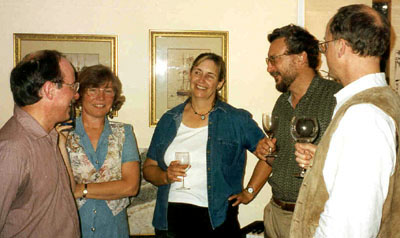
|
|
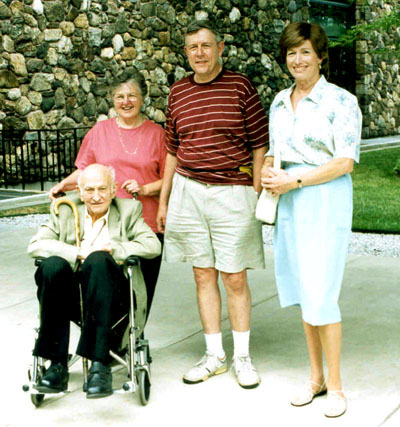
|
|
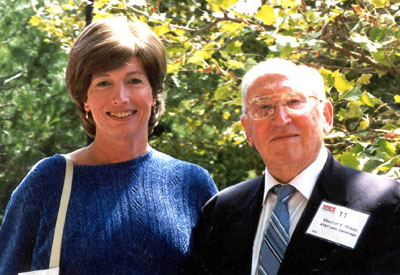
|
|
|
|
|
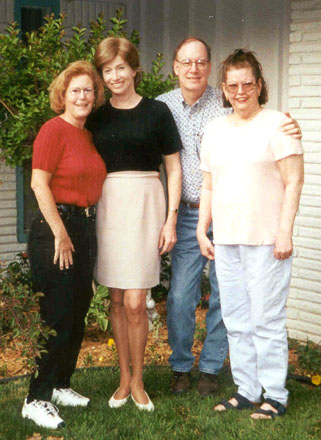
|
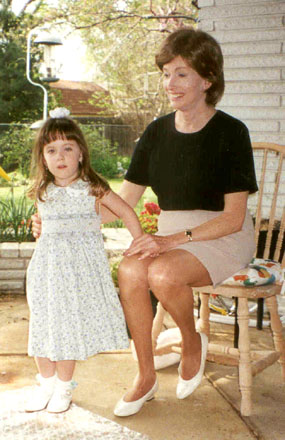
|

|
|
|
|
|
|
|
|
|
|

|
|

|
|

|
|

|
|

|
|
|
|
|

|

|

|
|
I also finally learned that Sue had remarried shortly after divorcing Robert years ago, but she didn't tell Robert. Maybe she did this out of fear that she'd lose the child support (which she should not have feared), or feared that she have to deal with the issue of Robert's transition again and didn't want to do that - - - this came as sad news though - - - revealing on reflection that Sue had not been honest about many things (she probably felt justified in this, because Robert had not been open with her about his transsexualism) - - - this also made Robert wonder if she'd been seeing this person on the side while they were married (which would have been no surprise), and thus the question of paternity again - - - of course none of these things were anyone's fault, but were just the result of desperate young people playing the cards they were dealt as best they could at the time - - -
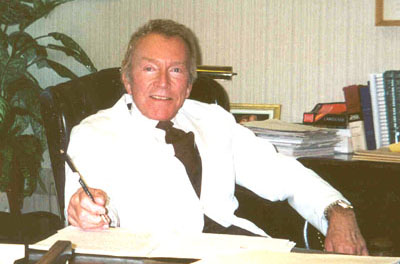
|
|
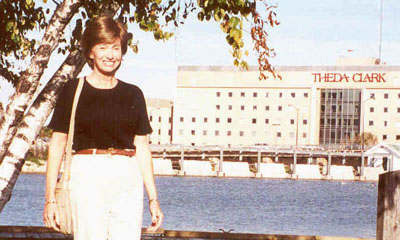
|
|

|
Lynn Conway with Mike Hiltzik of the L. A. Times |



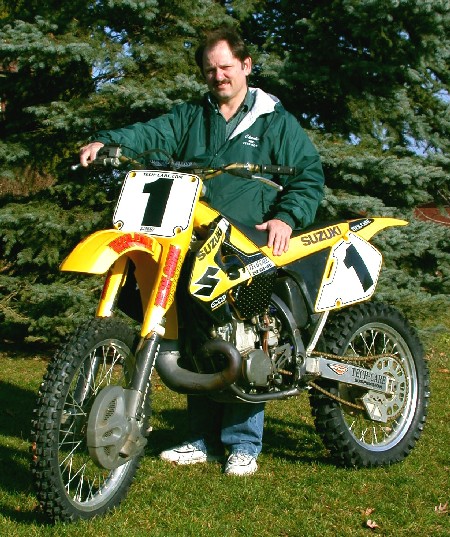
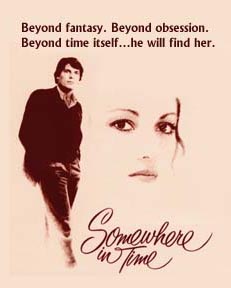


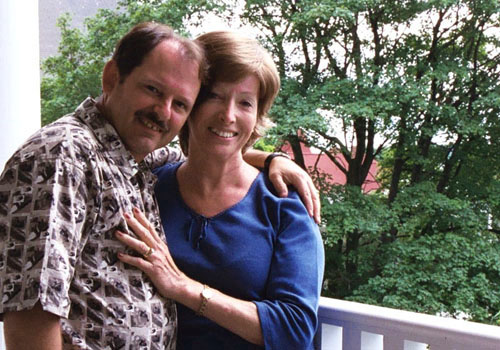
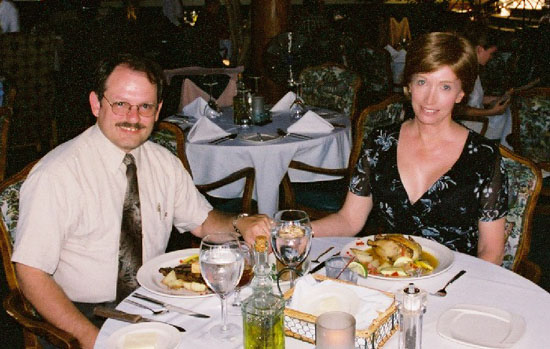
|
|
|
|
|
|
|
|